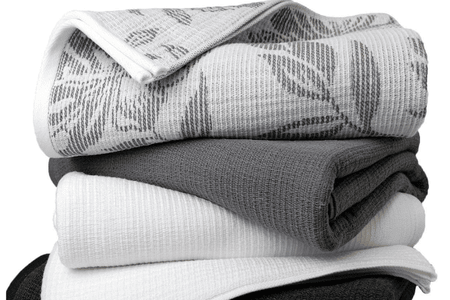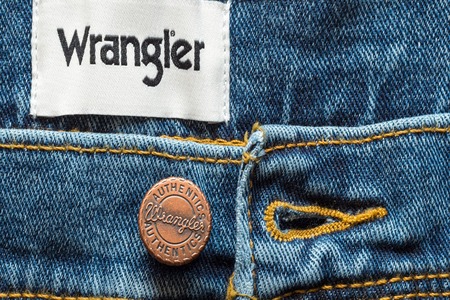
Amazon wins patent for automated on-demand apparel factory
YarnsandFibers News Bureau 2017-04-20 10:00:00 – New YorkAmazon, the ecommerce retail giant steadily growing into the largest apparel seller in the US, has filed a patent for on-demand apparel manufacturing system that would let it make clothes only once orders have been placed, move that will see them embed deeper into the apparel industry.
The system, which the company submitted its patent application for in December 2015, is founded on data and automation. A “computing device†would collect orders and organize them according to how they could be most efficiently produced. They could be grouped by geographic location, for instance, or by the type of fabric required, or by the assembly processes involved.
As Amazon explains it in the patent, “By aggregating orders from various geographic locations and coordinating apparel assembly processes on a large scale, the networked environment provides new ways to increase efficiency in apparel manufacturing.â€
Based on the orders, an automated system at an Amazon facility would produce the clothes. A textile printer would create the various fabrics needed. The fabrics would then be automatically fed over to a textile cutter, which would cut out pattern pieces from the sheets of fabric to be assembled into the finished garments.
Cameras would monitor the process, and an “image analyzer†could spot if anything went wrong, such as the textiles bunching, stretching, or being cut incorrectly. The system would adjust itself to correct the issue, signal an attendant for assistance, or flag the panel as a misprint to be discarded. Eventually the finished products would be checked for quality, packed, and shipped.
It’s unclear whether Amazon is actively working on building the system, or if it’s intended to fulfill wholesale orders placed by businesses or individual customer orders.
Quick, agile supply chains have allowed fast-fashion labels such as Zara, and even speedier upstarts, to outperform their competition. They allow brands to respond quickly to changes in the market, and limit the amount of inventory that may not sell at full price. On-demand manufacturing takes those advantages to a new level.
If Amazon is able to get on-demand manufacturing up and running, it could be a powerful weapon in its bid to become an apparel powerhouse.
Market Intelligence
Ask for free sample Report

experience
Customer Base
dedicated team
Countries Served Worldwide









